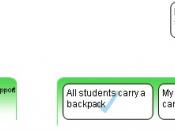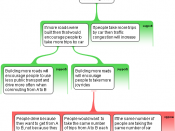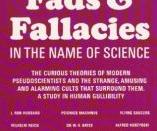Fallacy Summary and Application
Abstract:
The focus of this paper is on logical errors known as fallacies. If an argument contains a fallacy, then the conclusion will not necessarily be proven (Richardson, para 2). Some fallacies are merely accidental, but fallacies can also be used to trick a listener or reader into believing faulty conclusions. This paper will describe three logical fallacies and give an example of each.
Fallacy Summary and Application
What is a fallacy? "A fallacy is a misleading or false argument or belief" (Logical Fallacies, para. 1). A fallacy is a kind of error in reasoning so to speak. Fallacies should not be persuasive, but they often are. Fallacies may be created unintentionally, or they may be created intentionally in order to deceive other people. The vast majority of the commonly identified fallacies involve arguments, although some involve explanations, or definitions, or other products of reasoning (Dowden, 2004, para 1-2).
However, in order to understand what a fallacy is, one must first understand what an argument is. Very briefly, an argument consists of one or more premises and one conclusion. A premise is a statement that is offered in support of the claim being made, which is the conclusion. There are two main types of arguments: relevance and insufficient. A relevance argument is an argument such that the premises provide complete support for the conclusion. An insufficient argument is an argument such that the premises provide some degree of support for the conclusion. If the premises actually provide the required degree of support for the conclusion, then the argument is a good one. A good deductive argument is known as a valid argument and is such that if all its premises are true, then its conclusion must be true. If all the argument is valid...



A thoughtful essay for which its grade is shown in its explanation
i see that this essay is a fine explanation of fallacies and explains everything that could possibly be questioned and for its grade level its extremely well done
2 out of 3 people found this comment useful.